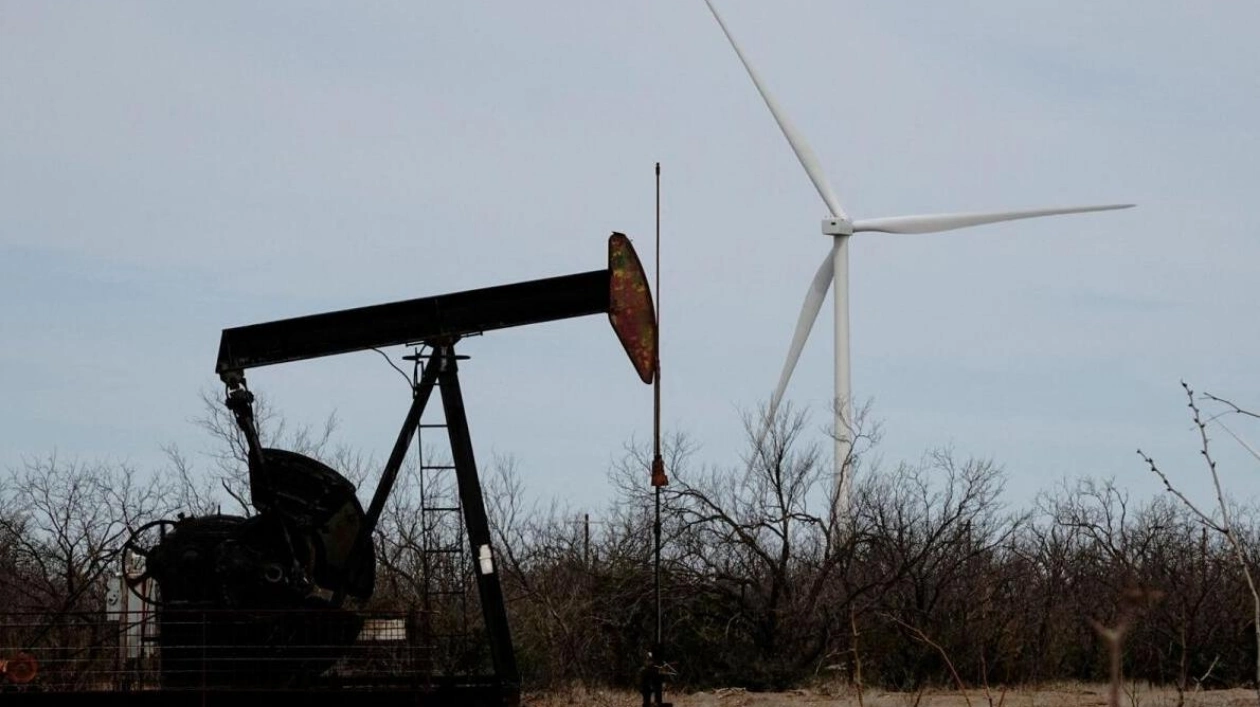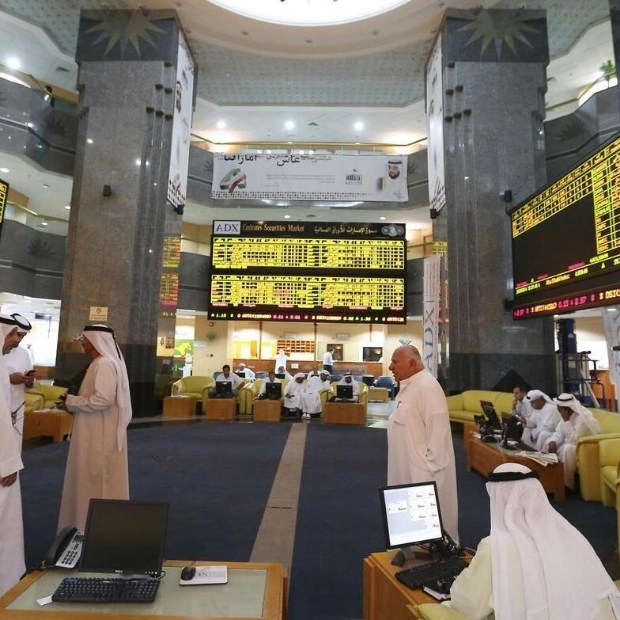Oil prices experienced a slight increase on Thursday, following the release of U.S. jobs data that alleviated concerns about demand, and ongoing conflicts in the Middle East contributed to a third straight session of price recovery, after a significant drop to an eight-month low on Monday. Brent crude futures climbed by 68 cents, or 0.87%, reaching $79.01 a barrel at 1:17 p.m. EDT, while U.S. West Texas Intermediate crude saw a rise of 86 cents, or 1.14%, to $76.09.
The rise in prices was supported by data indicating a decrease in the number of Americans filing new applications for unemployment benefits, which was greater than anticipated, suggesting that fears about the labor market's stability were exaggerated. UBS analyst Giovanni Staunovo commented, "The recent U.S. data on jobless claims suggests a continued growth in the U.S. economy, which has alleviated some concerns about oil demand."
Investors also considered a 3.7 million barrel reduction in U.S. crude inventories reported by the Energy Information Administration on Wednesday, which was significantly larger than analysts' forecasts and marked a sixth consecutive weekly decline to six-month lows. Additionally, the recent killing of senior members of Hamas and Hezbollah raised the risk of retaliatory strikes by Iran against Israel, heightening concerns about oil supply from the world's largest producing region.
Tim Snyder, chief economist at Matador Economics, noted, "It will significantly increase the price of crude oil if there is a large-scale Iranian retaliation, which is what everyone is most concerned about." Meanwhile, the United Kingdom Maritime Trade Operations (UKMTO) reported an incident 45 nautical miles south of Yemen's Mokha, where Houthis have been attacking international shipping since November in support of Palestinians.
Further supporting the market, Libya's National Oil Corp. declared force majeure at its Sharara oilfield due to protests, leading to a gradual reduction in production. Analysts at Citi suggested that there could be a rebound in prices for Brent to the low-to-mid $80s, citing upside risks including tight market balances, heightened geopolitical risks, potential weather-related disruptions, and light managed money positioning.






